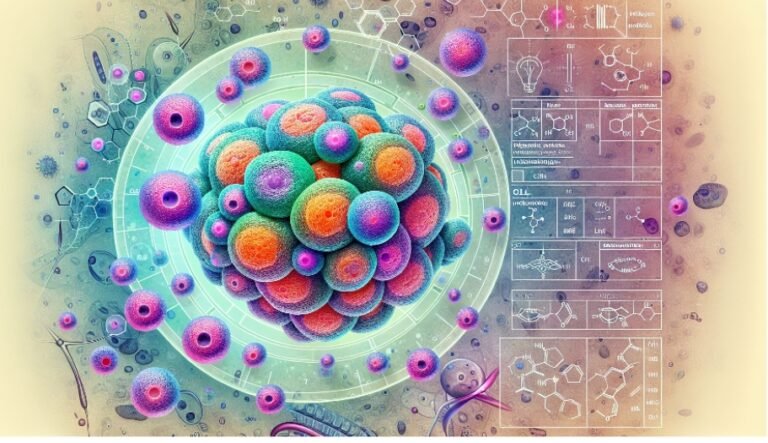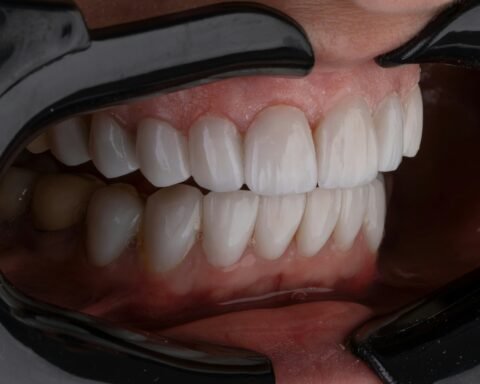Introduction to HeLa Cells
HeLa cells are a type of immortal human cell line that has been used extensively in scientific research since the 1950s. These cells are derived from a sample of cervical cancer cells taken from Henrietta Lacks, a patient who died of cancer in 1951. HeLa cells have the unique ability to survive and proliferate indefinitely in laboratory conditions, making them an invaluable tool for studying various aspects of cell biology, including genetic mutations.
The Origin of HeLa Cells
The story of HeLa cells begins with Henrietta Lacks, an African-American woman who was diagnosed with cervical cancer at the age of 31. During her treatment at Johns Hopkins Hospital in Baltimore, Maryland, a sample of her cancer cells was taken without her knowledge or consent. These cells were then cultured in the laboratory by Dr. George Gey, who discovered their exceptional ability to survive and multiply.
The Significance of HeLa Cells in Research
HeLa cells have played a crucial role in numerous scientific breakthroughs over the past several decades. They have been used to study a wide range of biological processes, including cell division, gene expression, and the effects of drugs and toxins on human cells. HeLa cells have also been instrumental in the development of vaccines, including the polio vaccine, and have been used in research on cancer, AIDS, and other diseases.
The Controversy Surrounding HeLa Cells
Despite their immense value to scientific research, the use of HeLa cells has been the subject of controversy. Henrietta Lacks’ family was not informed about the existence of the cells until the 1970s, and they have never been compensated for their use. This has raised important questions about informed consent, medical ethics, and the exploitation of vulnerable populations in scientific research.
The Importance of Studying Genetic Mutations
Genetic mutations are changes in the DNA sequence of an organism’s genome. These changes can be caused by a variety of factors, including exposure to radiation, chemicals, or viruses, as well as errors that occur during DNA replication. Mutations can have both positive and negative effects on an organism’s health and survival, and understanding the mechanisms behind these changes is crucial for developing new treatments and therapies for genetic diseases.
Types of Genetic Mutations
There are several types of genetic mutations, including:
- Point mutations: These are single nucleotide changes in the DNA sequence, such as substitutions, insertions, or deletions.
- Frameshift mutations: These occur when the number of nucleotides inserted or deleted is not divisible by three, causing a shift in the reading frame of the genetic code.
- Chromosomal mutations: These involve changes in the structure or number of chromosomes, such as translocations, inversions, or deletions.
The Role of HeLa Cells in Studying Genetic Mutations
HeLa cells have been used extensively in the study of genetic mutations, particularly in the context of cancer research. Cancer is caused by the accumulation of genetic mutations that lead to uncontrolled cell growth and division. By studying the mutations present in HeLa cells, researchers have been able to identify key genes and pathways involved in the development and progression of cancer.
Techniques for Studying Genetic Mutations in HeLa Cells
There are several techniques that researchers use to study genetic mutations in HeLa cells, including:
- DNA sequencing: This involves determining the precise order of nucleotides in a DNA molecule, allowing researchers to identify specific mutations.
- PCR (polymerase chain reaction): This is a method for amplifying specific regions of DNA, making it easier to detect and analyse mutations.
- CRISPR-Cas9: This is a gene-editing tool that allows researchers to precisely modify the DNA sequence of HeLa cells, enabling them to study the effects of specific mutations.
Insights Gained from Studying Genetic Mutations in HeLa Cells
Research on genetic mutations in HeLa cells has led to many important discoveries, including:
- The identification of oncogenes and tumour suppressor genes involved in cancer development.
- The understanding of how mutations in certain genes can lead to drug resistance in cancer cells.
- The development of new targeted therapies for cancer that specifically address the genetic mutations present in tumour cells.
The Future of HeLa Cell Research
Despite the significant advances made using HeLa cells, there is still much to be learned about the complex interplay between genetic mutations and human health. As new technologies emerge, such as single-cell sequencing and CRISPR-based screens, researchers will be able to study genetic mutations in HeLa cells with even greater precision and depth.
Ethical Considerations in HeLa Cell Research
As research on HeLa cells continues to evolve, it is important to consider the ethical implications of this work. The lack of informed consent in the original collection of Henrietta Lacks’ cells highlights the need for greater transparency and communication between researchers and patients. Additionally, the commercialization of HeLa cells and other human biological materials raises questions about ownership, compensation, and the fair distribution of benefits from scientific research.
Conclusion
HeLa cells have been a vital tool in the study of genetic mutations and have contributed to numerous scientific breakthroughs over the past several decades. While the origin of these cells is rooted in a history of ethical misconduct, their continued use in research has the potential to lead to new insights and treatments for genetic diseases. As we move forward, it is crucial that we address the ethical considerations surrounding HeLa cell research and work towards a more just and equitable approach to scientific discovery.
Passionate content writer and savvy blog publisher, Aamir crafts compelling stories and insightful articles that captivate and inform. With a knack for blending creativity and strategy, they bring fresh perspectives to every piece. Dive into their world of words and discover content that resonates.





